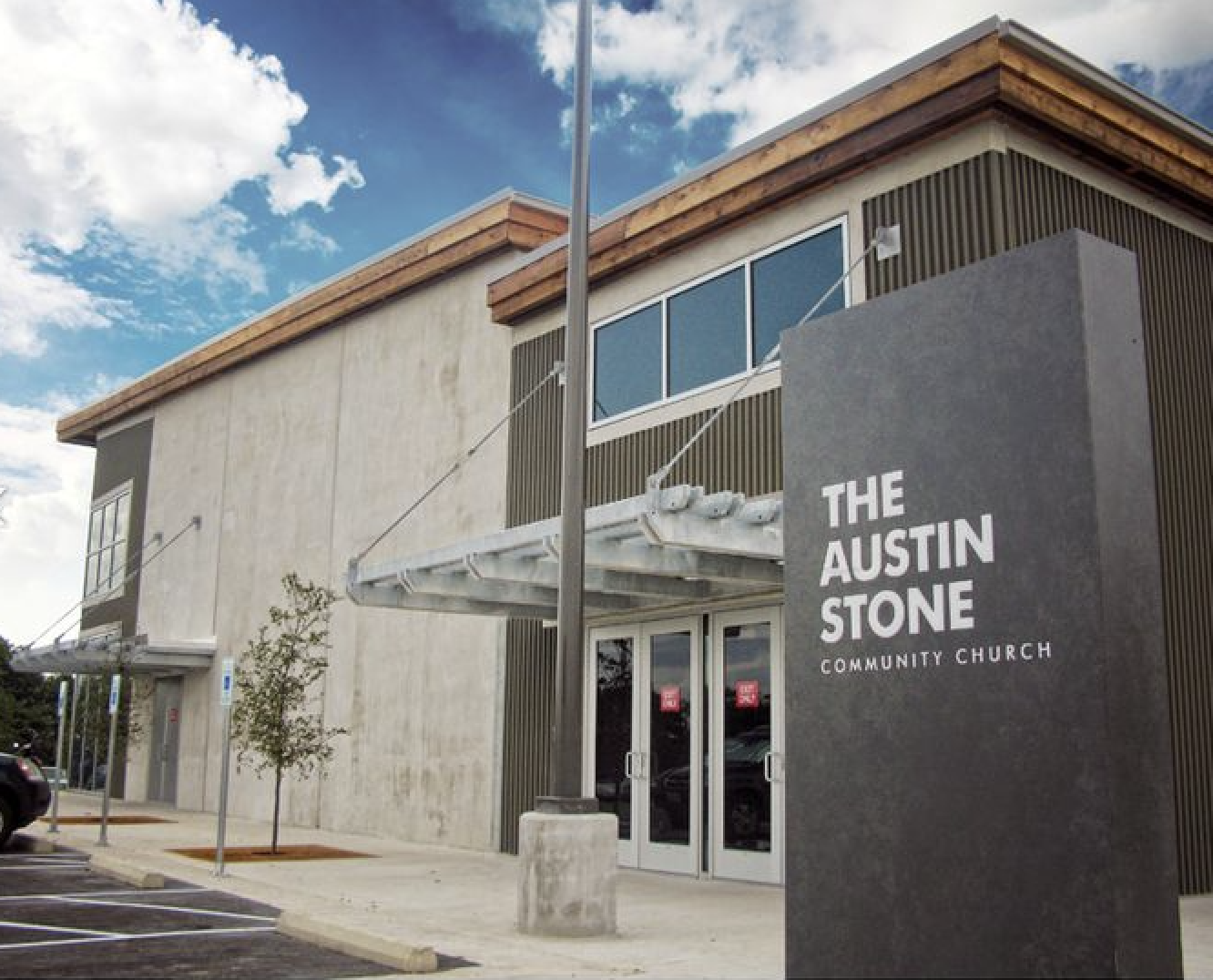It Wasn't Easy to Be a Minority at the Austin Stone
Wrestling with how the burden of bringing to light the narcissistic and toxic culture of the Austin Stone has fallen on minority shoulders.

As the Bodies Behind the Bus series, "Stories from the Austin Stone," continues, I've been wrestling with how the burden of bringing to light the narcissistic and toxic culture of the Austin Stone has fallen on minority shoulders. For context, the Austin Stone is a 6-campus church spread throughout North, South, Central, and West Austin. During my almost decade at the church, the ethnic makeup of the church has been predominantly affluent white members.
The percentage of white congregants is significantly higher than that of any other ethnic demographic within the church. If memory serves me correctly, the percentage of white congregants is ~90% or higher when we combine all six campuses. The reality is that many incidents of emotional and spiritual abuse, manipulation, and controlling and coercive spiritual practices have happened to heterosexual, cisgender, white men and women. Yet, of the four stories being shared in this series, only one storyteller is a heterosexual white woman. The rest of us are ethnic or sexual orientation minorities.
The Common Minority Experience Attending the Austin Stone
I can't count the number of times minority congregants shared how they were struggling with being a part of the church. For many, issues revolved around loneliness and feelings of not being welcomed. Oftentimes, especially for minority women, they would see white peers, be welcomed and invited by staff and volunteers to join various ministries in the church, while they were not.
One Sunday, toward the end of our family's time at the church, my wife and I saw a single African American woman arrive for a new visitor information session. As we peeked into the room where the meeting was taking place, we saw groups of new people chatting and getting to know one another. We noticed this woman alone in the middle of the room.
My wife, Angela, looked at me and said, "You've gotta be kidding me, I can't believe this." Before I could respond, she was making her way to introduce herself to this woman whom we'll call K. They spoke for a few minutes, exchanged information, and promised to stay in touch with her during the week. My wife grabbed coffee with K and learned she'd been at the Stone for a few months, and my wife was the first person ever to take the initiative to speak with her.
Angela and K stayed in touch, but within a few more weeks, K shared that she would not be returning to the church. She felt like she didn't belong, wasn't welcomed, and wouldn't be able to find a community there. Angela thanked K for her honesty and candidness, affirmed her feelings and decision, and assured her that she'd love to stay in touch regardless of where K went to church.
Are there minorities represented at the church who have friends and a sense of community? Yes, of course. Are there minorities on the staff? Yes, there is. So what's the problem? The problem is that these people tend to be exceptions rather than the rule. Yes, some minorities feel welcomed and included in the church. Even fewer do work on staff. However, this demographic does not accurately reflect the overall minority experience within the church.
The Unspoken Expectation for Minority Staff Members to Assimilate or Leave
In my experience, I've only heard of the 1% used in negative terms. For example, bikers associated with groups like the Hell's Angels often refer to themselves as "one percenters." In social hierarchical terms, the 1% refers to the wealthiest Americans, who possess more personal wealth than the bottom 50% of the country.
Within the context of the Stone, the one percenters are a few minorities who have served in a staff role within the church. Sadly, when I refer to minorities who have worked on staff, I am explicitly talking about ethnic minorities. It is not possible for someone who identifies as anything other than heterosexual and cisgender to work at the church.
There is a contingent like myself who were willing to persevere through being in church spaces where it was clear we were different and the space wasn't created for people like us. We believed leadership when they said they wanted to be a church that demonstrated the teachings of Jesus in every facet of the city. Including the areas where people like us live.
For many of us, we were ridiculed by our family and friends for being a part of " a big white church" while at the same time being treated as second-class citizens by the church we sought to serve.
It was challenging to feel seen and wanted as minorities on staff. It was virtually impossible to be a minority on staff and not assimilate to the church's values and culture. There are minorities who love the Stone. They love the music, the preaching, the people, and so on. For the vast majority of these minorities, they have assimilated into the same values and culture of the Stone.
Sadly, in my experience, for the minorities that don't assimilate, they don't remain on staff very long. Essentially, to be a minority on staff at the church, you have two options.
- Assimilate, leave your culture, perspective, and story at the door, and know your job is mostly secure.
- Don't assimilate and make sure your resume is up to date.
The experience of these "one percenters" at the Stone reveals a troubling pattern of conditional inclusion—where diversity is welcomed in appearance but not in substance.
This dynamic creates what could be called cultural erasure, where minority staff members must choose between authentic self-expression and job security.
The dichotomy presented—assimilate or exit—fundamentally contradicts the church's stated mission of demonstrating Jesus's teachings, as it forces individuals to sacrifice their God-given identities for institutional acceptance. The experiences of multiple minority staff members who refused to assimilate serve as a critical lens through which to examine whether the Stone's practices align with its proclaimed values of genuine Christian community and inclusion.
We Don't Need White Saviors But We Do Need Allies
As difficult and unlikely as it is for a minority to attend the Stone, let alone work at the church, it's a miracle that the majority of storytellers in the Bodies Behind the Bus series are minority voices. This isn't hyperbole.
Each storyteller is the top one percent. The number of events and possibilities we needed to align to overcome every barrier to not only deciding to become members of the church but to serve there for years are astronomical. The uniqueness of our presence gives us comes with experiences and a perspective few can truly relate to or understand.
Sadly, because of how rare our presence is in this institution our experiences can and have been brushed aside or disregarded. I've personally heard current and former staff and congregants say, "this series would carry so much more weight if (insert heterosexual white male or female) told their story."
I say this as clearly and honestly as possible.
White brothers and sisters with your own wounds and traumatic experiences your story matters, your experience matters, and your voice can help stop others from enduring what you have.
As minorites with our own wounds and traumatic experiences we don't need your story to come save us. The reality is your story will help our experiences be given the consideration and seriousness they deserve.
We hope our stories give you strength and courage to consider sharing yours. Come be our allies.




